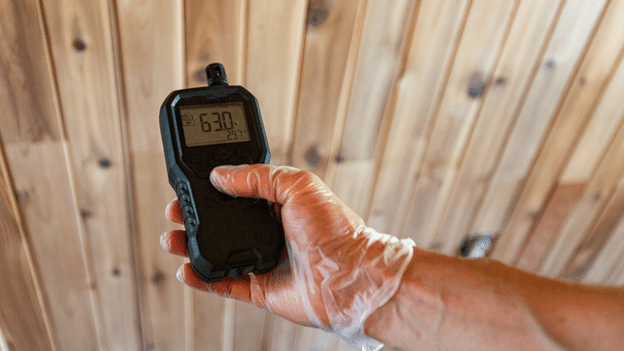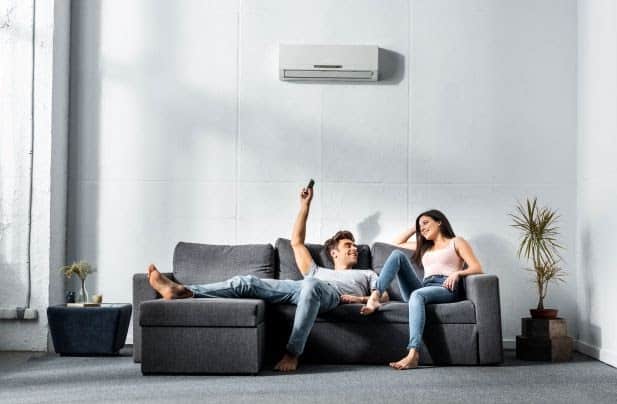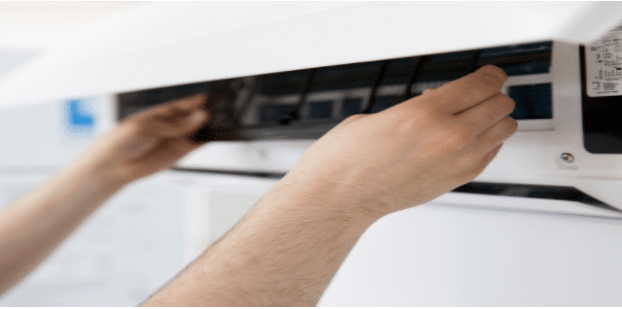Understanding the Most Common Types of Indoor Air Pollutants
Indoor air quality is a crucial aspect of our overall well-being, as we spend significant time inside our homes and workplaces. Unfortunately, did you know the air we breathe indoors can often be more polluted than outside air?
In this blog post, we will explore the most common types of indoor air pollutants that can affect our health and well-being. By understanding these pollutants, we can proactively improve indoor air quality and breathe cleaner, healthier air. And if you need assistance with air quality concerns, don’t forget to contact Air Rescue, your trusted experts in air quality solutions.
Volatile Organic Compounds (VOCs):
VOCs are gases emitted from various sources, including household products, building materials, and furnishings. Common sources of VOCs include paints, cleaning products, adhesives, and carpets. Prolonged exposure to high levels of VOCs can lead to respiratory problems, headaches, and even long-term health effects. Proper ventilation, low-VOC products, and good indoor air circulation can help reduce VOC levels.
Particulate Matter (PM):
PM refers to tiny particles suspended in the air that can be inhaled into our lungs. These particles can come from dust, pollen, pet dander, tobacco smoke, and cooking emissions. Exposure to PM can cause or exacerbate respiratory conditions like asthma and allergies. Regular cleaning, using air purifiers, and ensuring proper filtration in HVAC systems can help reduce PM levels.
Carbon Monoxide (CO):
CO is a colorless and odorless gas produced by the incomplete combustion of fuels like gas, oil, and wood. Common CO indoor sources include malfunctioning gas appliances, faulty chimneys, and running engines in enclosed spaces. Breathing in high levels of CO can be life-threatening, leading to symptoms such as dizziness, headaches, and even death. Therefore, it is crucial to have working carbon monoxide detectors and ensure proper ventilation for fuel-burning appliances.
Biological Pollutants:
Biological pollutants are living organisms or their byproducts that can cause health issues in indoor environments. These include mold, bacteria, viruses, pet dander, dust mites, and pollen. Exposure to these pollutants can trigger allergies, respiratory infections, and other health problems. Proper moisture control, regular cleaning, and air purifiers can help minimize the presence of biological pollutants.
Understanding the most common indoor air pollutants is crucial for safeguarding our health and well-being. By recognizing and addressing these pollutants, we can create healthier indoor environments for ourselves and our loved ones. Remember to take proactive measures such as proper ventilation, using low-VOC products, regular cleaning, and seeking professional assistance from Air Rescue when needed. Together, we can breathe cleaner, fresher air and enjoy the benefits of improved indoor air quality.








